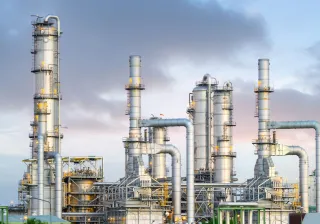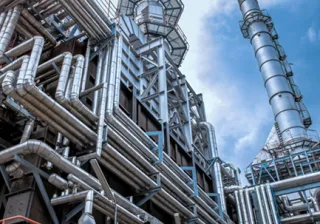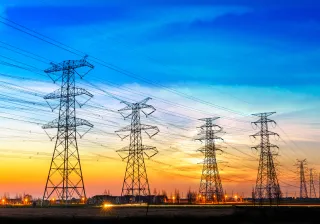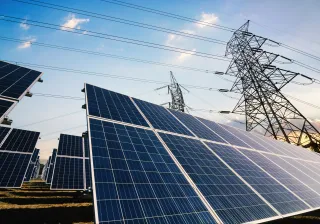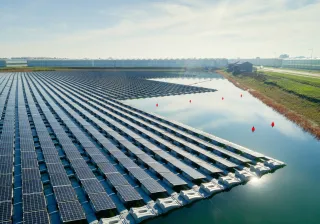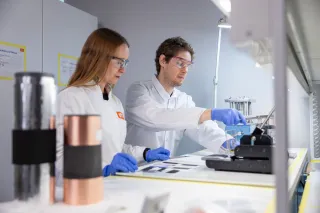Hydrogen sovereignly dominates the energy sector’s agenda. And not by chance: hydrogen is interesting both from an economic perspective and for European energy self-sufficiency, as well as a solver of the climate crisis and an enabler of the green transition. For Finland and Finnish companies, the business potential of the hydrogen economy is huge.
The climate crisis requires a green transition, clean solutions and a rapid reduction of emissions so that global warming remains at a reasonable level. Small improvements are no longer enough, and new, 100% clean approaches must be introduced swiftly.
As we work to get rid of fossil fuels, the most sensible thing would be to use renewable electricity directly. In Europe, approximately 80% of energy consumption can be directly electrified, but at least the remaining 20% requires additional tools, such as hydrogen use. In addition, green hydrogen is one of the few solutions for the large-scale storage of renewable wind and solar electricity.
Moreover, hydrogen is an important raw material in many industries, such as the chemical, pharmaceutical, plastic and petrochemical industries. In Finland, the industrial use of hydrogen is currently about 150 thousand tonnes per year, but this hydrogen has been produced almost entirely with fossil fuels. Over the next few years, this will be replaced with green hydrogen produced with renewable electricity.
Production costs of clean hydrogen decreasing
There are varying views on the development of hydrogen use. For example, the Government has estimated that in 2030, the same amount of hydrogen could be used in Finland as today, but it could all be clean. In 2040, we could use ten times more. On the other hand, in the scenario outlined in the Resolution published by the Government, Finland could produce about 10% of the green hydrogen produced in Europe by 2030, which would mean about one million tonnes of clean hydrogen per year. In its hydrogen strategy report, the Hydrogen Cluster Finland has estimated that the value of the hydrogen economy for Finland could be as high as EUR 34 billion by 2035, which would correspond to 13 per cent of Finland’s GDP last year.
The development of the use of clean hydrogen is therefore difficult to predict, but production costs are decisive. The costs of renewable electricity have already decreased significantly, and forecasts on price developments and plans for the introduction of wind energy are beneficial for clean hydrogen. In addition, the costs of hydrogen production technologies, i.e. electrolysis equipment, are likely to decrease as production volumes increase.
Hydrogen leading Europe towards energy self-sufficiency
Europe's position in the global energy market will improve as imported energy will be replaced by renewable electricity and hydrogen, and the importance of fossil energy will decline. Hydrogen is an energy carrier that can be traded in international energy markets. Europe wants to play an important role here - for example, the trade of hydrogen could take place in euros instead of dollars like the trade of oil.
Renewable energy provides Europe and Finland with an opportunity to get close to energy self-sufficiency. For Finland, this is a fantastic opportunity, as we have great potential for the production of renewable electricity. We are and can continue to be an energy exporter country.
However, not all hydrogen should be exported from Finland to Europe as such. Instead, most of it should be used for value added products. In addition, our companies should seek a foothold in the development of the sector’s high technology and the manufacture of electrolysers throughout the value chain, as well as in service exports, such as engineering and R&D services. Regulation and legislation must be kept in mind, and these must be developed in connection with clarifying the future prospects of companies to make the most out of the hydrogen economy’s potential in Finland.



